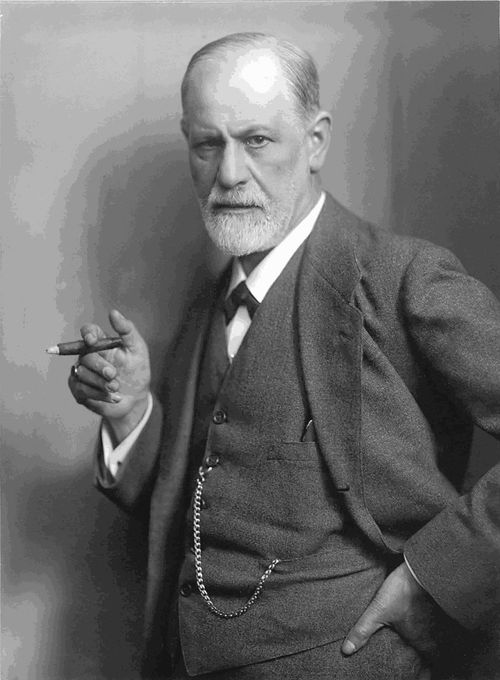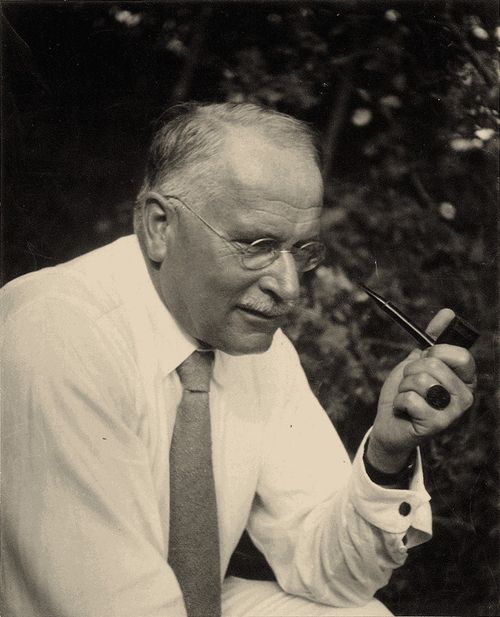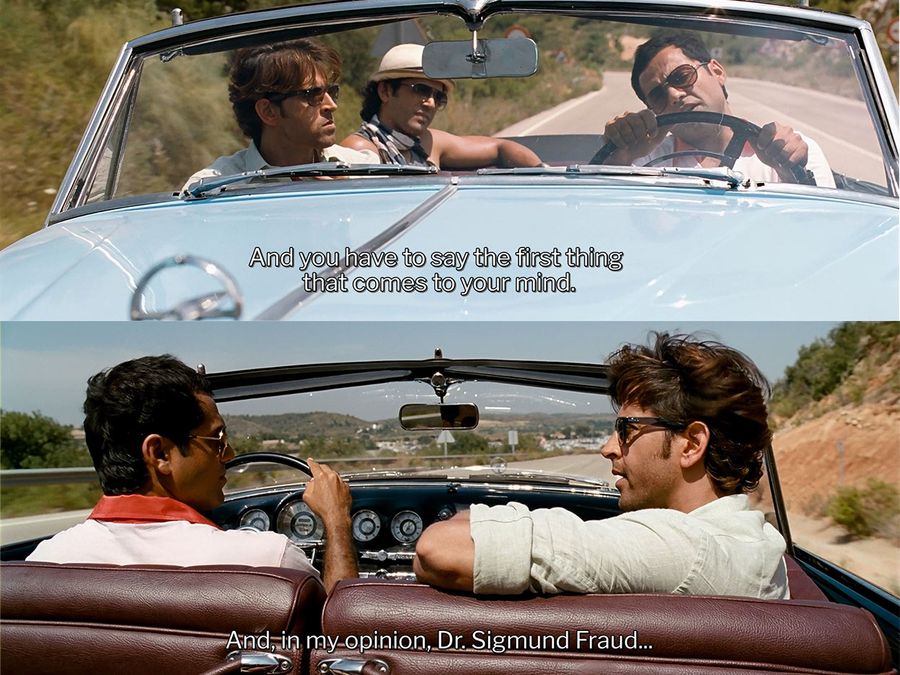A deep dive
The beginning of 20th Century marked the start of the never-ending deep dive to understand ourselves. In 1900, Austrian neurologist Sigmund Freud published The Interpretation of Dreams, the first attempt at theorising the "unconscious" mind. He believed that the unconscious mind contains some of the deepest secrets of an individual. Dreams, as he thought, were a way the unconscious mind reveals itself. Freud sought out to understand it, and solve his patients' problems.

Sigmund Freud c. 1921
Freud's Free Association
Freud developed the Free Association method as the alternative to the hypnotic method to help his patients. Basically, the patient rambles on about anything, no matter how embarrassing or incoherent it may be. But it needs to be honest.[1] No prompting or intervention is done by the analyst. The patient could talk about their dreams (Dream Interpretation), or thoughts, memories, etc.
Later, the analyst analyses the information and finds the source of "conflict". Free associations reveal the connections in the unconscious that might otherwise go uncovered.
Jung's Word Association
His Swiss counterpart Carl Jung thought that this takes up a lot of time, and that efficacy also depended on the chemistry of the patient and analyst (whether they were comfortable or not). He developed the Word Association test with his colleague.

Carl Gustav Jung c. 1935
In that test,
- There are 100 words, which the analyst prompts to the patient.
- The patient is to speak whatever comes to their mind first, when they are prompted a word.
- The patient is not delay speaking.
- The patient is to be honest.
Jung's technique differs from Freud's in a few ways.
Freud's involved no prompting, but Jung's does. Free Association is more free-formed, but Word Association is more structured and robust. But both of the techniques are meant to understand the deeper self.
How does it work?
If the responses are absurd or delayed, it suggests a cause of concern. For example, if I hesitated in replying for the word "milk" or said something peculiar, that means something is wrong between me and milk.
The Word Association test helps in uncovering emotionally charged complexes, patterns and suppressed thoughts, which are identified by the time taken to respond and the response itself.
The delays and startles by the patient suggest a conflict between parts of the self. One part (unconscious) wants to speak and other (conscious) wants to stay silent.[2]
Example Conversation
A: cold
P: winter
A: needle
P: hospital
A: lamp
P: flame
A: mother
P: uhhhh, [insert 5second delay], lies?
A: Aha! There you go, Mr. P. Your mother is the cause of your acute schizophrenia.
P: This is RIDICULOUS, Dr. A! I am not going to pay for this session! Proceeds to walk out
We can also test it on ourselves by recording the time taken for responses and analyse it ourselves, although I don't know how credible it would be. You might as well find something weird about yourself! Talk about self-awareness!
In modern era
Free Association is still used in modern psychoanalytic practices, but not in it's pure form.[3] Many variations have been created, which include more instructions by the analyst and are more standardised.
Example in modern culture
Word Association test is used by Kabir in the movie Zindagi Na Milegi Dobara (2011) to "get to the roots" of Imran's dilemma. Although, Arjun refers to Kabir as "Dr. Sigmund Fraud", which can mean two things: either Arjun didn't know about Jung's theory, or Jung is yet again undermined by Freud's popularity.

Stills from ZNMD (2011)
Surely, this makes one thing certain, amidst the uncertainty of life: humans are complicated.
Further Reading
- Webb, David. “The Association Method by Carl Jung.” All About Psychology, Link.
- Khosla, Meetu. 'Psychoanalytic Interpretation of the Film “Zindagi Na Milegi Dobara”: a Peep into the Self', RJSSM, 2016, Link
- Fromm, Erich. "Remarks on the Problem of Free Association", Psychiatric Research Reports, American Psychiatric Association, 1995, Link
Footnotes
brownguyrhymes. “Free Association - Sigmund Freud.” YouTube, 1 Mar. 2022, Link ↩︎
The School of Life. “Carl Jung’s Word Association Test - the School of Life.” The School of Life, 12 Mar. 2024, Link ↩︎
Wisner, Wendy. “How Free Association Lets You Be Your Most Authentic Self in Therapy.” Verywell Mind, 4 Dec. 2023, Link ↩︎